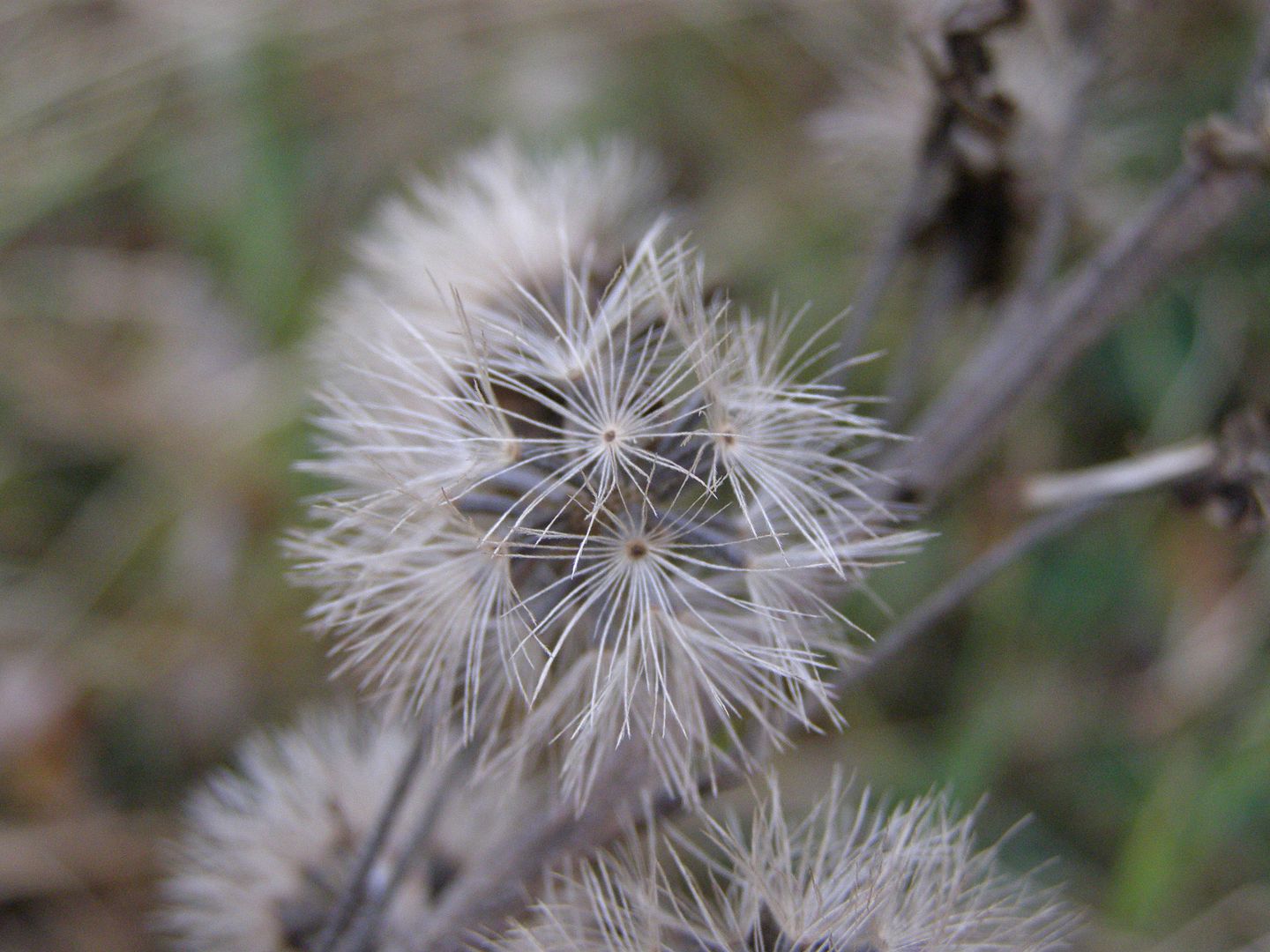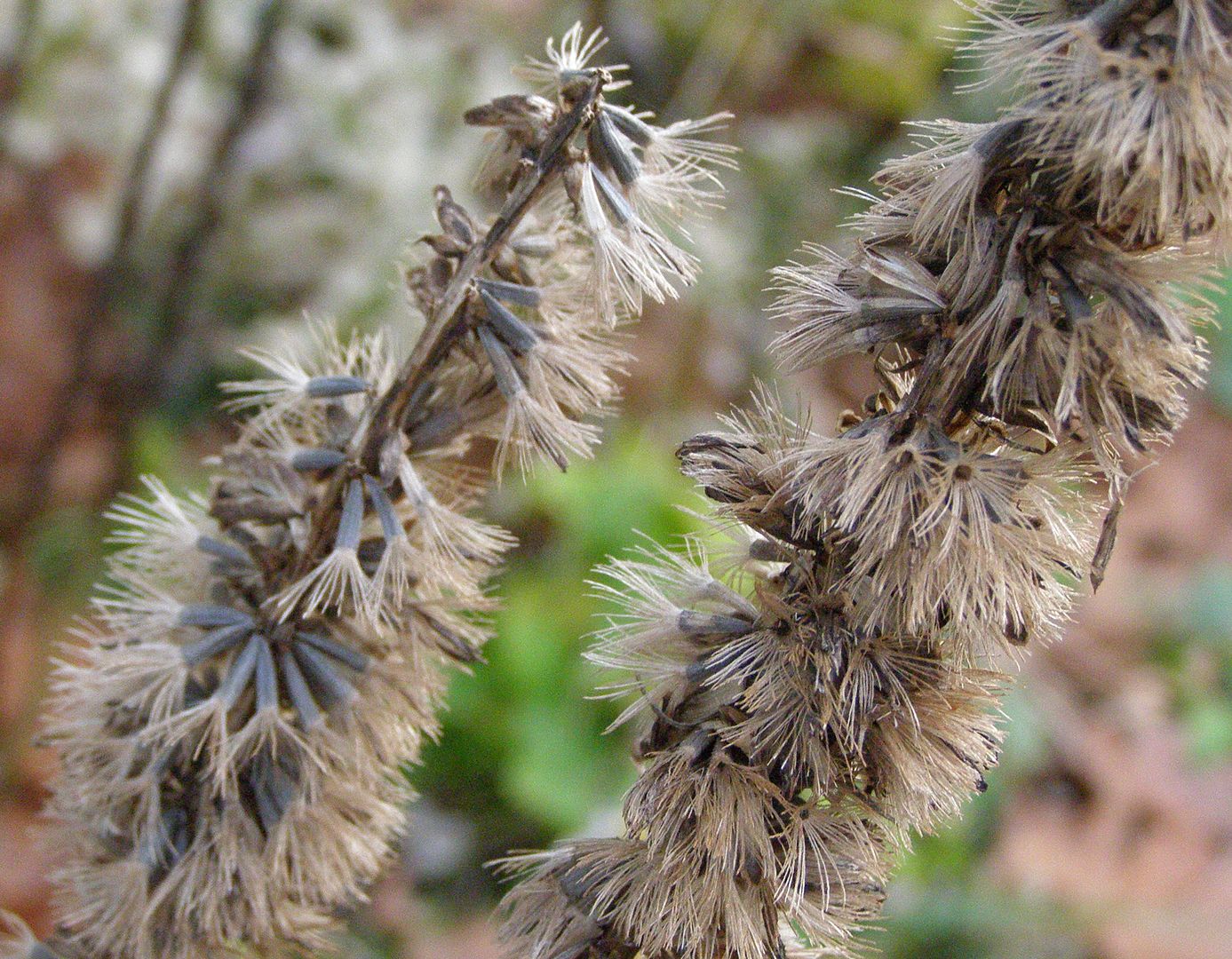
In the fall (ignoring the cat for a moment!) you can see it here in the lower left, glowing in the sunshine. It's seeds cover the plant in a puffy display. I always plant these in groups when I can get them because they grow so well together, and they're sold in groups of 35 or 40. Unlike the bulbs they're sold with they're actually great plants for getting pollinators too but that's not the focus here.

This was the first year that I mixed it up a bit and bought a different species of Liatris. This time I ordered from Prairie Nursery which has a good selection of Liatris. Most of them died though because my soil isn't right for them. The one variety that did great was Meadow Blazing Star, Liatris ligulistylis. And true to the photo Prairie Nursery shows it did great with the Monarchs as I covered in a previous blog post.

The puffy seed clusters of the Meadow Liatris are a welcome change to that of the other variety I've planted so much of. If I had more of these to play around with I might work some flower arrangement and collect the seeds for next year. I'm still collecting seeds of course but I'm also leaving a great deal of them out in the garden.

Though not the number 1 gold finch food in my opinion (#1 being sunflowers) they still eat the seeds. I haven't seen a goldfinch since August though but something clearly likes them. I've noticed Liatris grow upward developing flowers as they go, but what's odd is the first one to open up and bloom was the newest flower bud produced all the way at the top of the plant. To add to this, that also seems to be how the birds are eating the seeds, working their way down the plant.

Despite the seeds to both varieties having a tough of hair on the end I don't think they fly like Dandelion seeds do. At least if they do it's not as commonly seen. Otherwise my yard would have quite the flurry of these blowing around. I really think birds are the main way of distributing these seeds. The hairs probably grab onto the seeds being eaten by the bird and get pulled off as well.

It's such a smart design too. While other plants are being covered in snow these will stay erect with only the top or maybe the side of the plant hidden. The rest of the seeds are fairly well exposed. Hopefully it will snow and I'll be able to photograph this in action.